There were quibbles. Too long, some said. Too brutal, some said. North Vietnamese soldiers could never do such bad things, some said. The ending, with the cast joining together singing “God Bless America” at a bar after the funeral of one of their friends, was too rah-rah America and said that the War in Vietnam was justified. Could it have been meant ironically? No, too sincere for that. But on the whole, a much honored movie.
With “Heaven’s Gate” it was a much different story. New York Times critic Vincent Canby gave it the most negative review of his, or anybody else’s for that matter, career. Other early reviews were not positive. In panic, United Artists, who released the movie, spread their panic to the director, and the movie was pulled from release after one week. They recut it, losing over an hour of running time, and released it again some months later. By that time the stink of disaster about the movie was such that hardly anyone attended that version (which totally lacked the magic of the longer cut). It is considered one of the worst movie financial disasters in history and reputedly led to the fall of United Artists and the destruction of the careers of Cimino and principal star Kris Kristofferson.
At the time of the botched release of “Heaven’s Gate my friend Tom Miller was working as unit publicist on Brian De Palma’s “Blow Out,” then shooting in Philadelphia. He, like I, had admired the earlier movie and was eager to see this one, no matter what. Too, Vilmos Zsigmond, cinematographer on “Blow Out,” had shot both “The Deer Hunter” and “Heaven’s Gate.” (His work is brilliant in all 3.) I had bought reserved performance tickets for the last (only) Saturday matinee it played at New York’s Cinema 1 Theater. We got there in time for good seats, and it played to a packed house, not a single seat left. The audience seemed to be enrapt. There was an intermission, right after the bad guys get off the train and John Hurt is saying something poetic before becoming enveloped in train smoke. (The movie ran nearly 3 hours and 40 minutes, and there was only one matinee and one evening performance.) We ran into a friend of mine from Columbia at intermission, and he said, “It’s not bad at all!” He was right. Both Tom and I left the movie thinking it some sort of masterpiece, an opinion we were able to share with the cinematographer, for he was in line to see the evening performance, the first time he would see the result of his work.
Wikipedia gives a reasonably accurate discussion of the movie, its production, initial reactions, and ultimate recognition as some kind of great movie. Rather than summarize that, I’ll simply give you a link: https://en.wikipedia.org/wiki/Heaven%27s_Gate_(film)
Instead, I want to discuss my thoughts upon my recent viewings of both “The Deer Hunter” and “Heaven’s Gate.”
| “Heaven’s Gate” involves Slavic, German, Russian, and other immigrants in the American West in the 1880s, each group speaking mostly in their native languages and more often than not without being subtitled. In the earlier movie the immigrant population is shown as the truest Americans, loving and defending their new country no matter what. |
Neither movie is a barrel of laughs.
When I first experienced “The Deer Hunter” I took the directorial and cinematographic approach to be setting the camera down in real-life settings and letting it capture life unfolding. Yes, there is something of that in the movie, but the more I view it the more I see how carefully patterned the whole work is. It begins with a community ceremony: a long sequence involving events in the hours before a wedding as the community prepares, the wedding itself, and the long post-wedding celebration and dance. It ends with another community celebration: the funeral and burial of one of the central characters, Nick.
Both of these community events are brilliantly staged to look like the camera just happened to be there by accident. Both events are filled with character and even plot details that seem to happen accidentally in passing but that enrich the movie immeasurably.
| There are parallel deer hunts. In the first, just before three comrades leave for Vietnam, they are accompanied by two of their friends. In the second, after Mike, the De Niro character, returns from Vietnam alone, he is accompanied only by the two friends who had not gone to Vietnam. Given the title of the movie, Cimino must have wanted us to attend to these sequences, and we do. |
“The Deer Hunter” has often been labeled as a “Vietnam movie.” Well, yes, and the surprisingly short central sequence takes place there. I see it more as a movie not about Vietnam, pro or con, but about how war and other chaotic events take their toll on people and communities. Vietnam just happened to be the convenient war at the time.
It is often considered a violent movie. When you watch it over time you realize how little actual violence there is in it. We have some major characters who are capable of violence and you can see it trying to bubble to the surface at times. But most of the overt violence is contained in the relatively short scenes in Vietnam: the brief battle before our three heroes are captured, the famous (in some circles infamous) Russian roulette sequence in the small makeshift Vietnamese prison, and the final Russian roulette sequence when Mike returns to Vietnam during the fall of the American efforts there to find his missing friend. Even here the violence is quick. There is, however intense suspense as the games are played. (It might not surprise you to know that Quinten Tarantino is a great admirer of the sequences.)
| Walken and John Savage in what are supporting role are both marvelous, as is Meryl Streep in her first major role in movies as the woman ostensibly loved by both Nick and Mike. Acting throughout is excellent. But over time for me Robert De Niro’s work as Mike has emerged as the greatest in the movie and among the greatest in his career. |
In a way the movie follows a trajectory from birth to death. That is, of course, the progression of life. The bride in that wedding is carrying a child, not that of her husband-to-be, as we learn from two sources including the husband. Who is the father is never made explicit, although the blondness of the boy makes one consider the possibility that the blond Nick is father to the child. But Steve – the bridegroom, soldier, wounded veteran – appears comfortable in assuming the role of father to his wife’s child. Somehow this possibility, this never-explicated story, makes that ending in the bar even more touching. That, along with the coming together in sad harmony of this group of old surviving friends singing "God Bless America" provide a subtle lift that keeps the movie from leaving us in despair.
https://www.youtube.com/watch?v=9LwGt9d1-lU
The opening sequence in 1870 takes up a lot of screen time, with much attention paid to the speech of the college president (Joseph Cotton) and the valedictory speech by the impious college clown and great wit Billy Irvine (John Hurt). The auditorium is round, the audience happy but circumspect, and it has been invaded, as it were, by the line of uproarious, unruly graduates: the first of many examples in the movie of the circle being broken.
After the graduation exercise we move to the next big circle, a wave of dancers waltzing to “The Blue Danube.” The sequence is introduced by a horse-drawn carriage racing around the drive encircling the dancers, and the multitudes of dancers themselves are whirling in individual circles of the pairs of dancers with the whole mass moving in a circular formation. Among other things, it is the best use of that waltz since “2001,” and the sequence is breathtaking. Cimino elects not to break into this circle but leave it as a wondrous perfection. Every time a few bars of that waltz is heard on the soundtrack our memories are cast back to this perfect moment in time.
https://www.youtube.com/watch?v=e2_pfQvSP7I&t=59s
The waltz sequence is followed by one more circle. Bouquets have been tossed into the tree at the center of the circle where the waltz had taken place, and (we presume) undergraduate men are surrounding it in concentric circles through which the class of graduating seniors break through to attain the prize. Bloodied and happy, Averill and Irvine agree that life will never be this great again.
| And it is not. It is all downhill. From Averill and Irvine in that tree, we cut immediately to the interior of a train 20 years later, where a tired and worn Averill sits in the yellow light passing through the window of the train and the dust particles, a picture of a dejected and worn man. So why that long and seemingly irrelevant beginning when our plot, such as it is, suggested loosely by the Johnson County Wars, |
For that is what I think it is.
| Those circles keep on repeating. Early on a shotgun blows a hole in a white sheet, the gun itself then poking through. The circle interrupted. This is the introduction of a major character, Nate Champion, played by Christopher Walken. Himself of immigrant stock and trying to get ahead in life, Nate is working as an enforcer for the cattle barons |
| intent on extinguishing the immigrant settlers. Nate is also a friend of Averill, and they share love of the prostitute with a heart of gold, Ella Watson (Isabelle Huppert in an early and brilliant and naked – in more senses than one – performance. It was this movie that made me fall in love with this great actress). |
The skating sequence:
https://www.youtube.com/watch?v=sGd_cytAIkQ&feature=emb_logo
Their waltz:
https://www.youtube.com/watch?v=WZfoi59-1to
But not all the bloodshed is over. One central character had been killed before the battle, and two more will die before we leave Wyoming.
To return to the East Coast a decade or more later. A yacht off Rhode Island. A rich and clean-shaven Averill has all the trappings of success including a beautiful trophy wife but broods over what has been lost. He lives, but he himself is lost.
Both movies are filled with rue and sadness. The earlier one ends with a touch of hope. The later one does not. Why? I assume Cimino’s vision had darkened during that time, but I know of no explanation for that. But my own mood had darkened. The nation had moved from a time when a President seemed to try to deal with the reality of serious problems to a newly-elected one whose approach was to ignore, the later time I refer to as “Mourning in America.” If we ignore them they will all go away. The disruption of the workplace by the computer. The AIDS crisis. Discrimination against minorities. Put on a happy face! They did not go away.
As often happens in art, time has been more generous than initial reception. (Think of Van Gogh.) In 2012 a beautifully restored “director’s cut” premiered to acclaim at the Venice Film Festival and later at the New York Film Festival. Subsequently this version has been released on DVD and Blu-ray in the Criterion Collection. (That’s the one I have now.) The movie began receiving commentary much more positive:
https://www.nytimes.com/2013/03/17/movies/michael-ciminos-heavens-gate-returns-to-film-forum.html?
http://www.bbc.com/culture/story/20151120-heavens-gate-from-hollywood-disaster-to-masterpiece
That second article ends, “However unwelcome Heaven’s Gate may have been in 1980, there hasn’t been a more urgently topical film in 2015.”
That statement is even more true in 2020.
And to me, it is a masterpiece. Like the one before it.
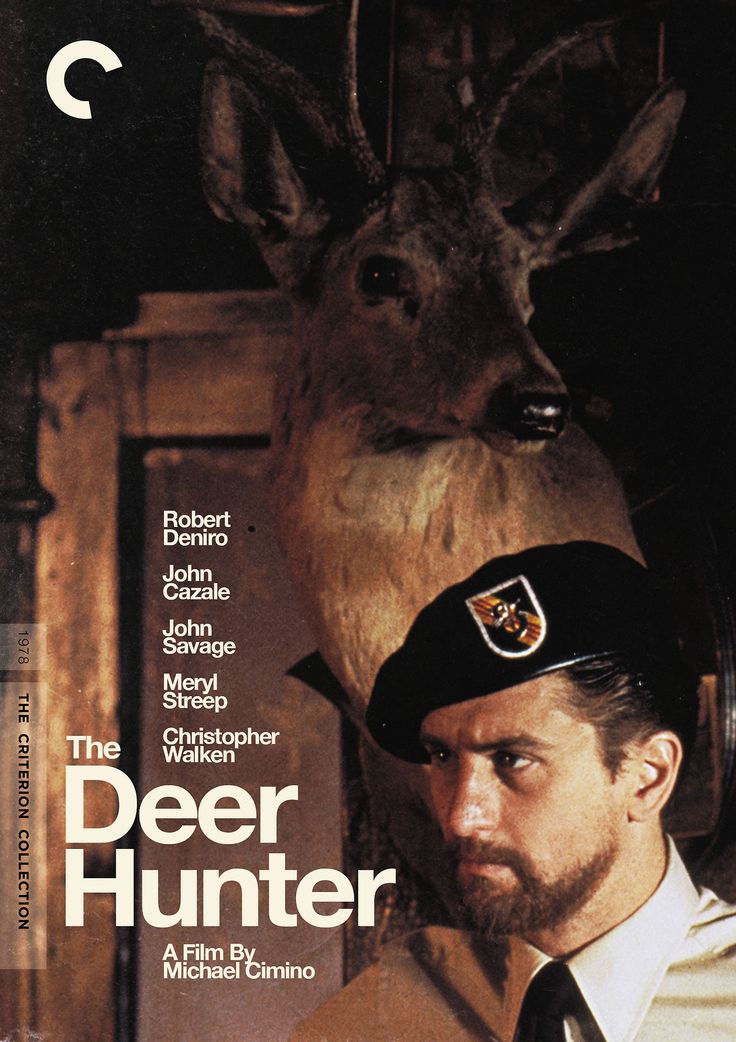
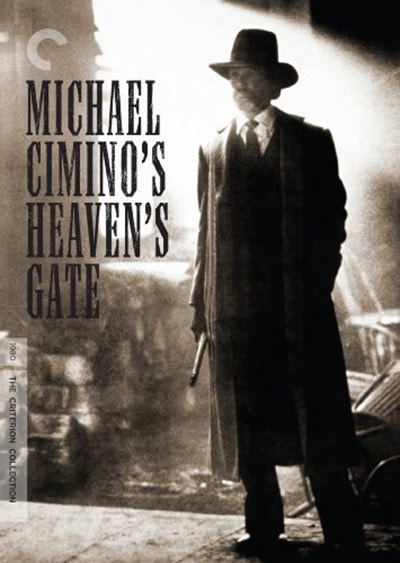
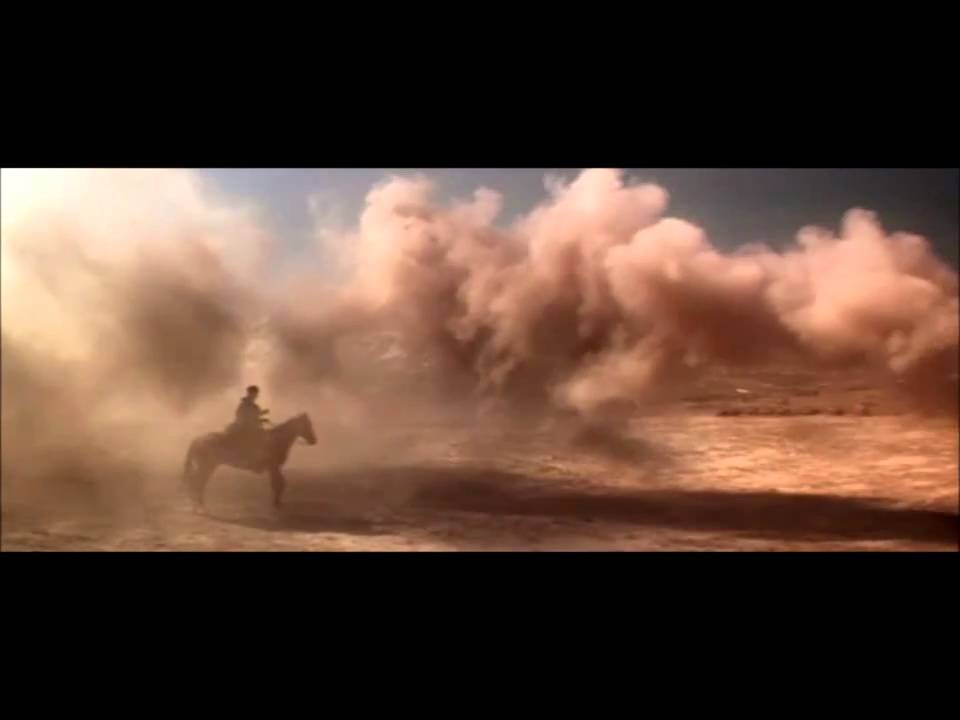
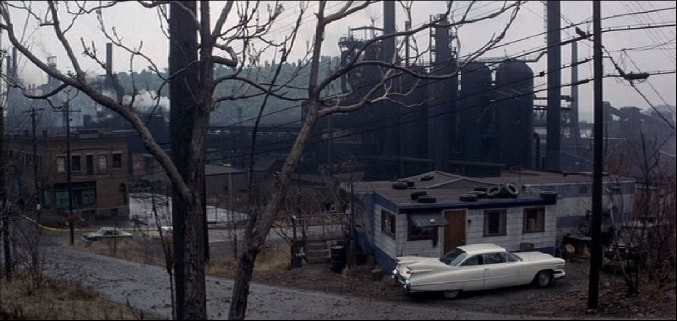
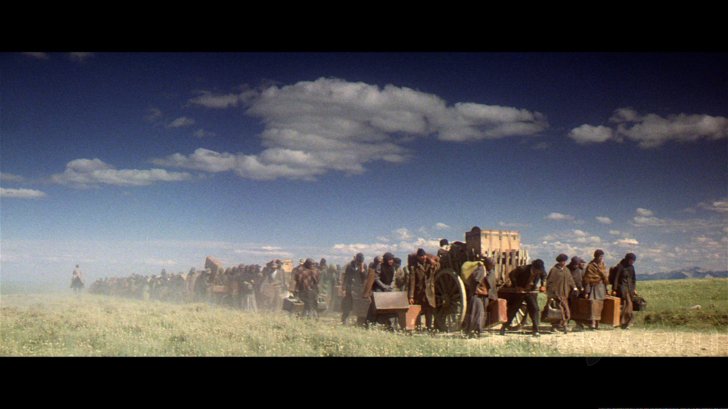
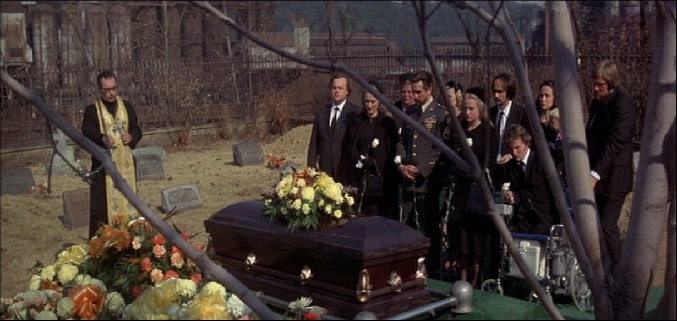
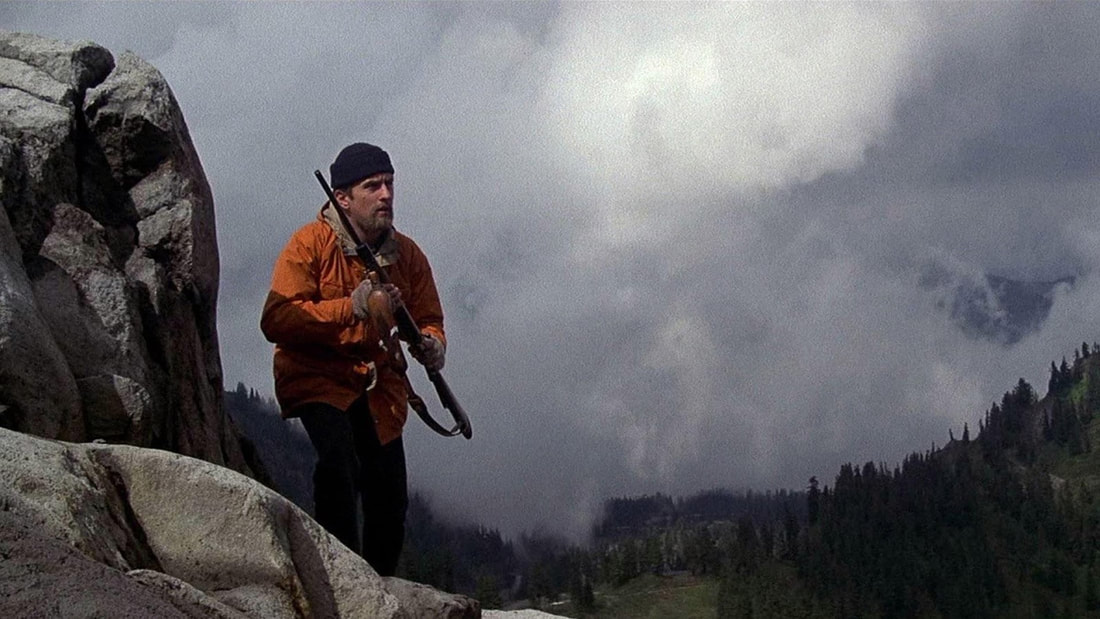
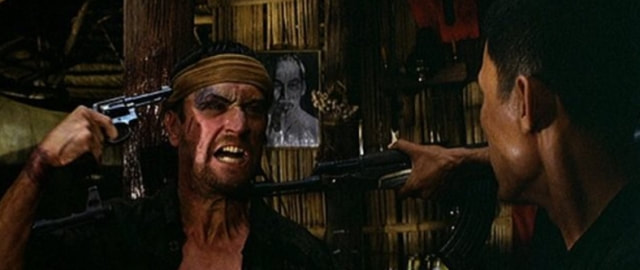
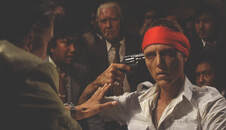
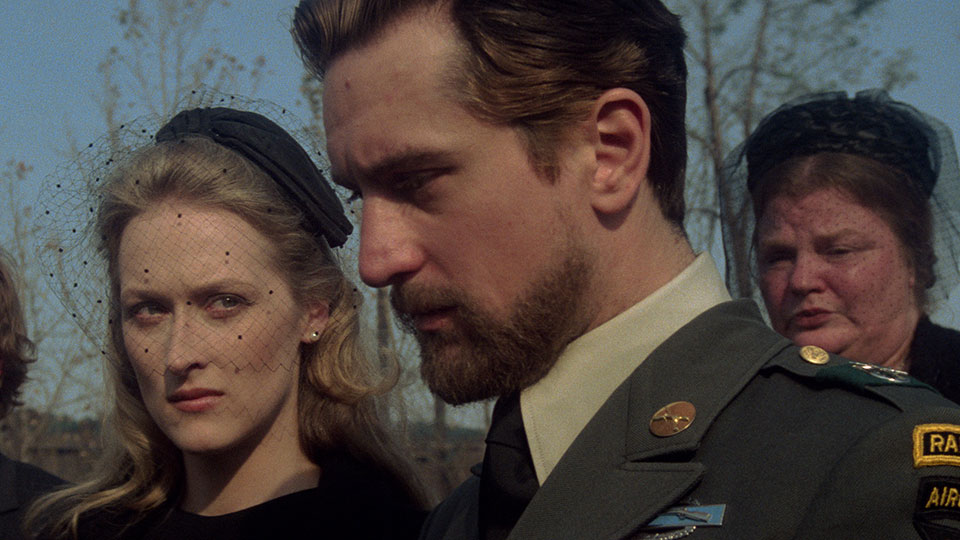
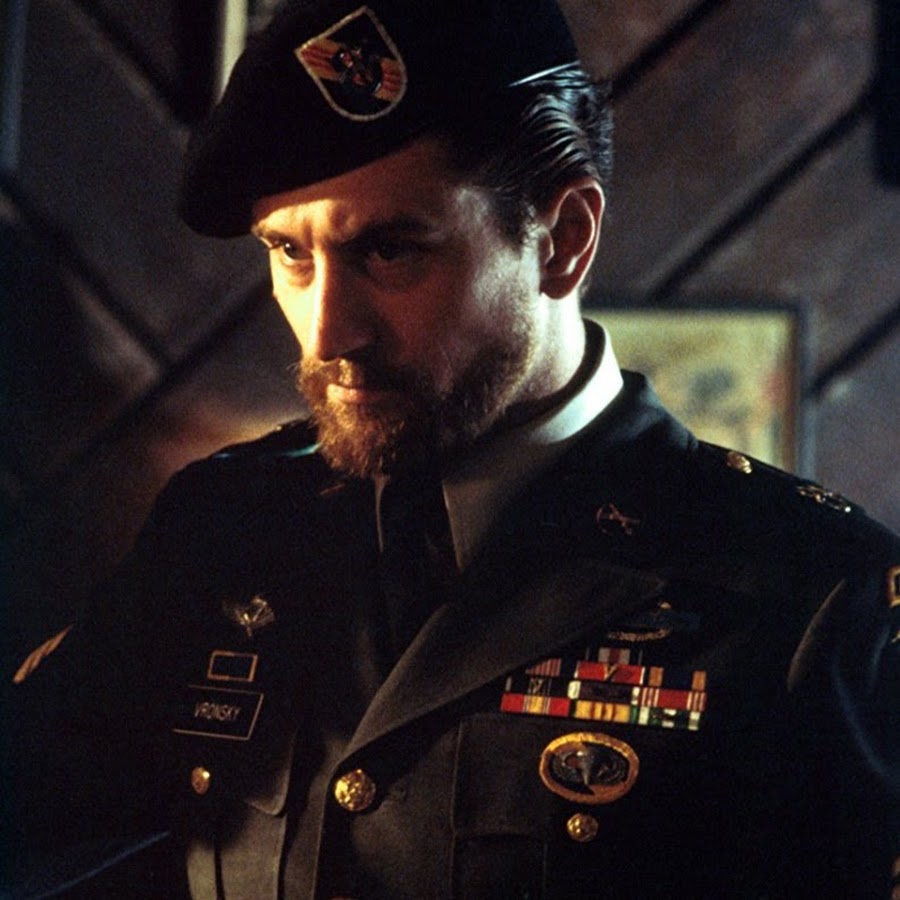

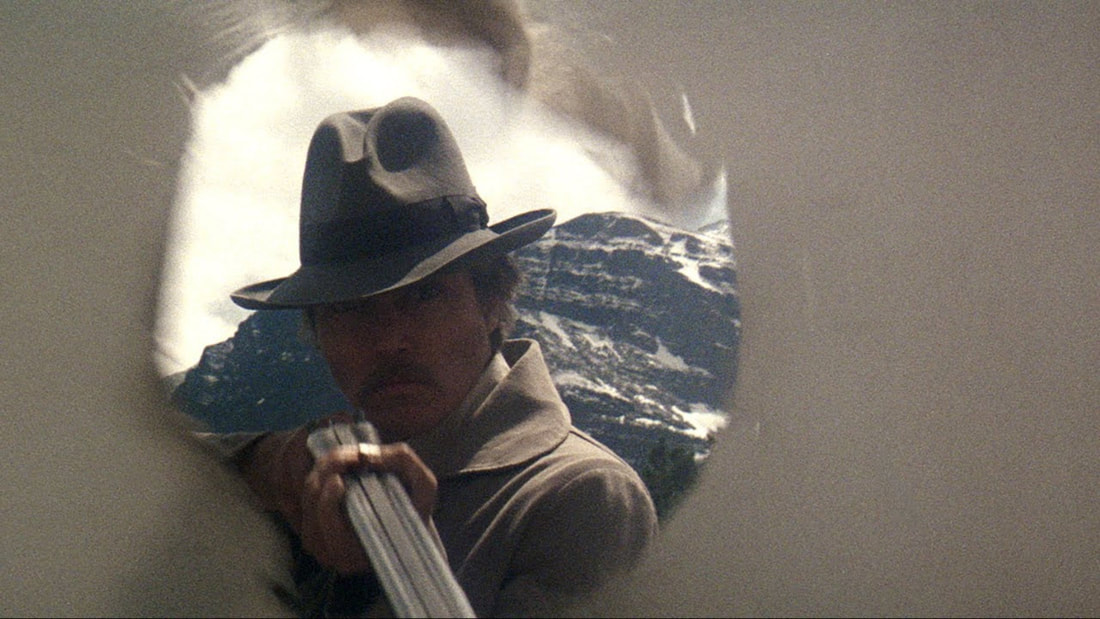
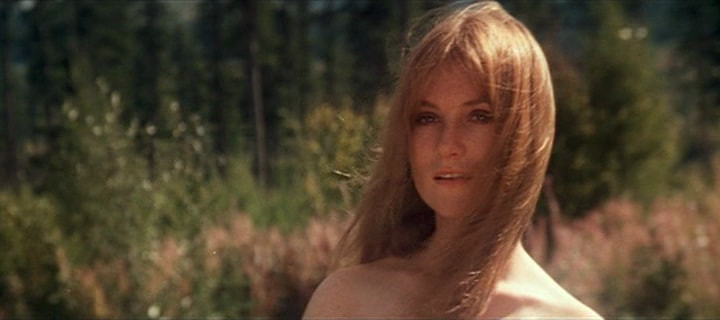
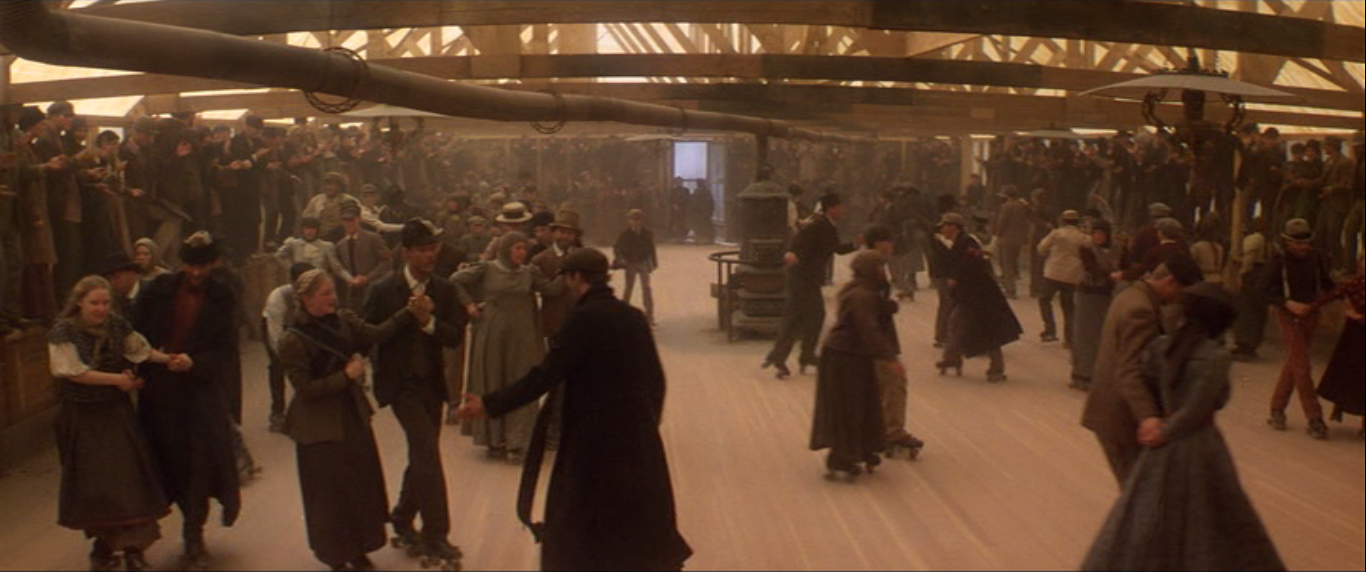
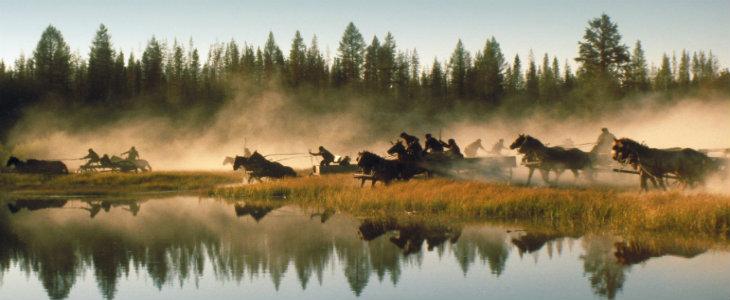
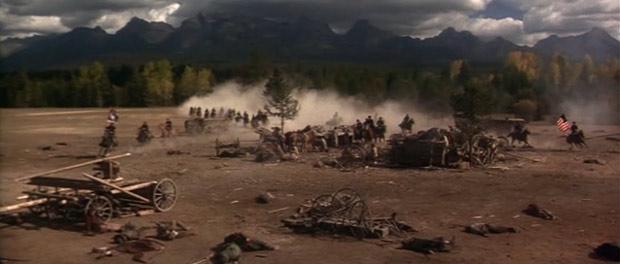
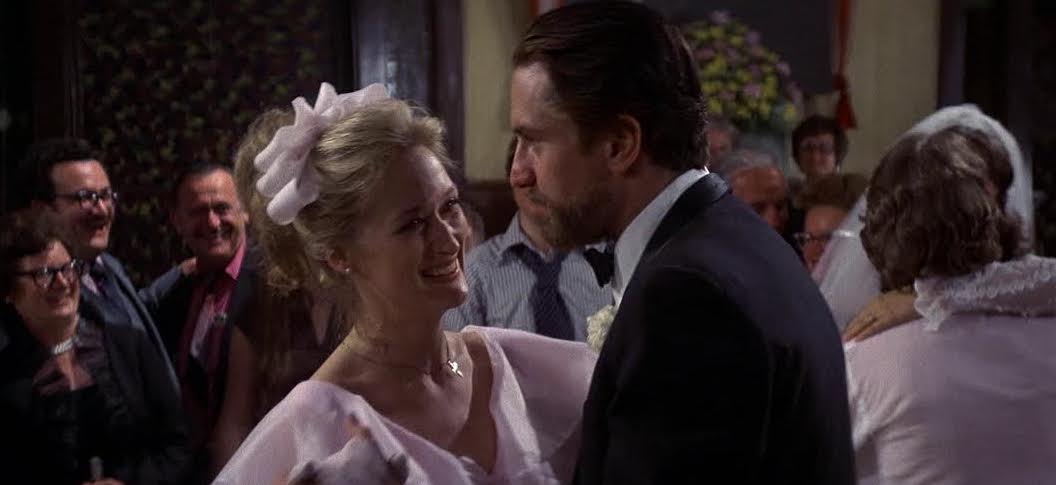
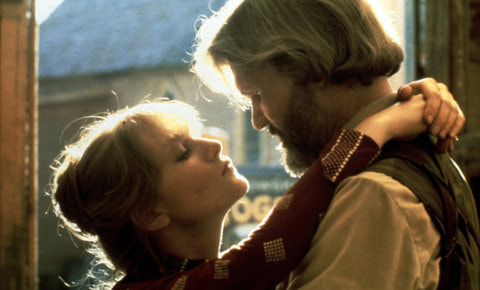
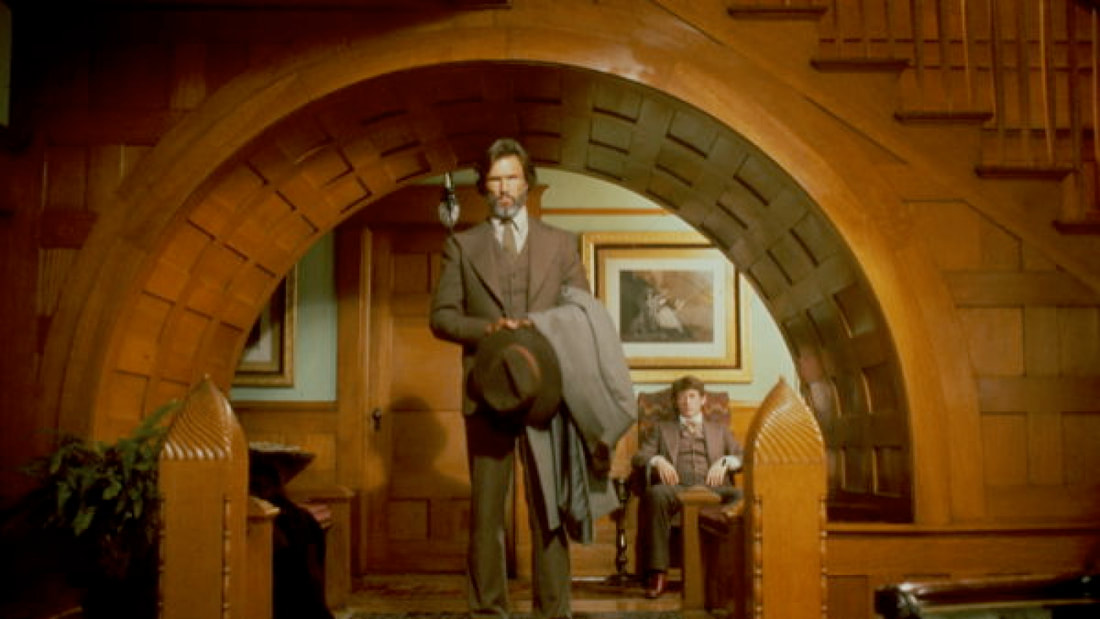
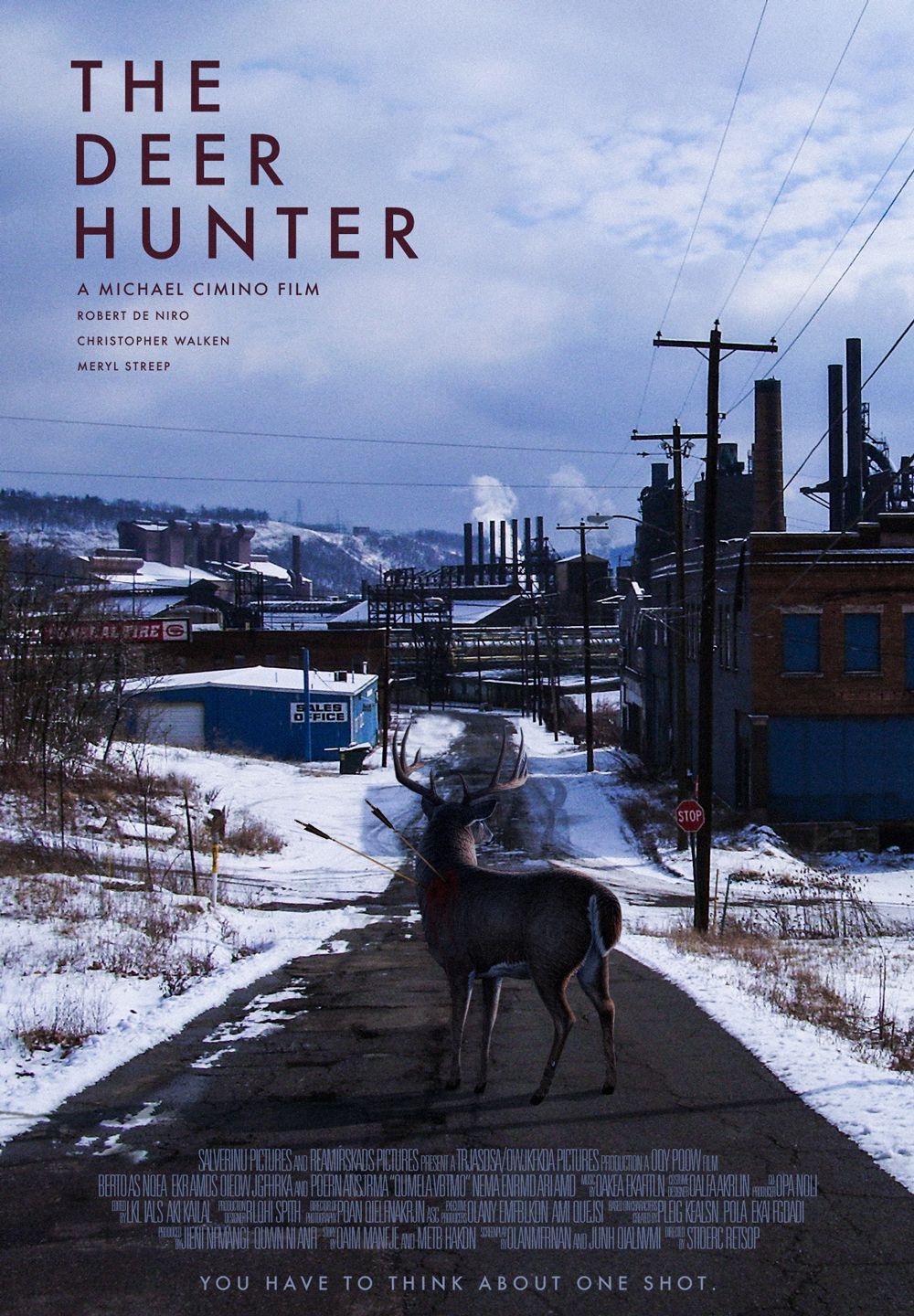
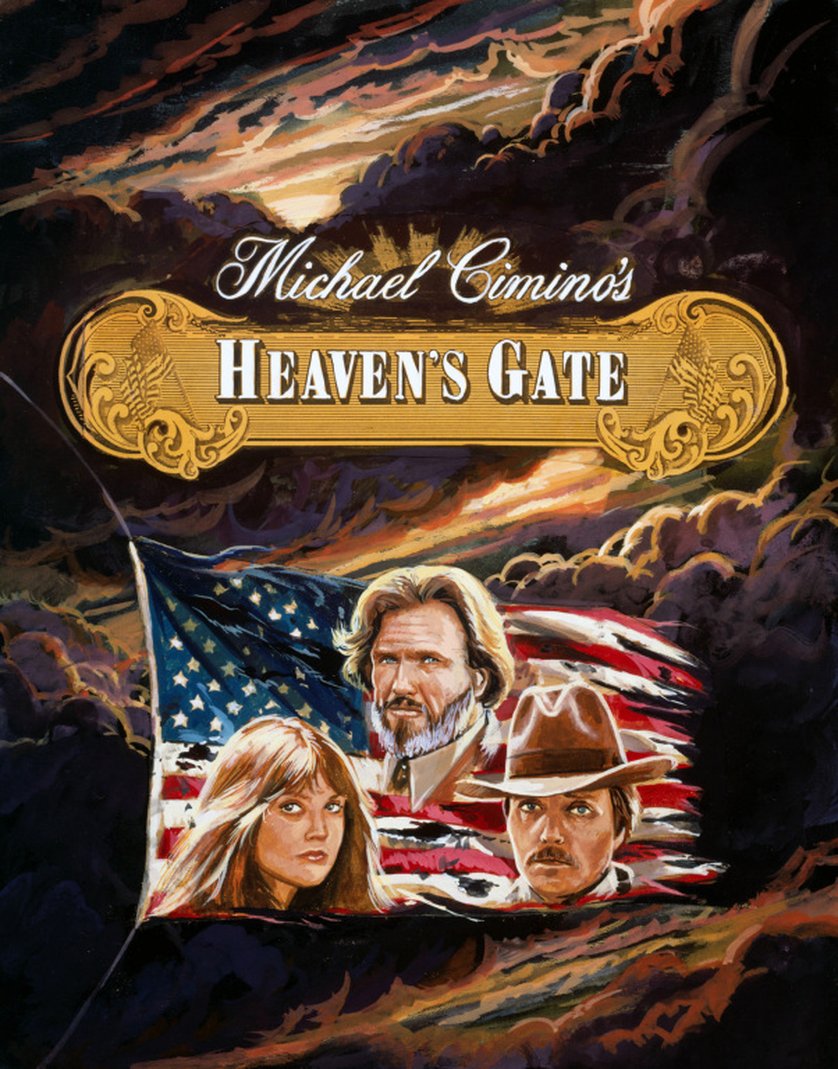
 RSS Feed
RSS Feed